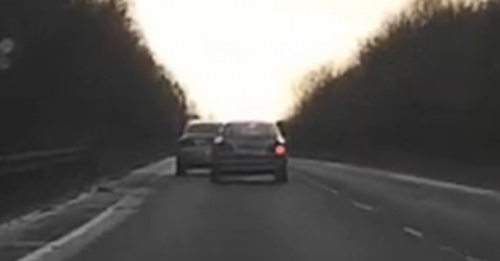Tailgating (Driving)
Enlarge text Shrink text
Information for Authority record
Other Identifiers
Wikidata:
Q3030694
Library of congress:
sh2007003432
Sources of Information
- Work cat.: Tailgating--how close is too close? 1976.
- Analysis of target crashes and ITS countermeasure actions, 1995:p. 4 (combination of "tailgating" (following too closely) and driver inattention contrbuted to 19.4% of rear-end crashes)
- Risk--a practical guide for deciding what's really safe and what's dangerous in the world around you, 2002:p. 133 (tailgating the vehicle in front of you is dangerous behavior, for you and the other vehicle, and rarely gets the other vehicle to go faster or move over)
- "Connecticut police aggressive driving team" Traffic safety digest, 2004, via WWW, May 16, 2007(drivers have become more aggressive. Tailgating, speeding, and cutting off other drivers are examples of common aggressive driving behaviors)
- Transportation Research Thesaurus online, May 16, 2007(tailgating; broader term: vehicle spacing)
- An experimental study utilizing the following too close monitor system at two high accident areas in the State of Indiana, 1979.
1 / 2
Wikipedia description:
Tailgating is the action of a driver driving behind another vehicle while not leaving sufficient distance to stop without causing a collision if the vehicle in front stops suddenly. The safe distance for following another vehicle varies depending on various factors including vehicle speed, weather, visibility and other road conditions. Some jurisdictions may require a minimal gap of a specified distance or time interval. When following heavy vehicles or in less than ideal conditions (e.g. low light or rain), a longer distance is recommended, due to increased reaction times and stopping distances or because fatigue is most prevalent in long distance lorry driving.
Read more on Wikipedia >
 Topic
Topic



